Does your Staff Schedule Address Variable Workload?
Demand Matching: a data-driven approach to ensuring your staff are in the right place at the right time
Leveraging the concept of demand matching in the healthcare setting is critical to delivering quality care, as patient workload can vary significantly by time of day, day of week, and season of year. Workload fluctuations can drive understaffing during certain times while inadvertent overstaffing during other times can drive unfavorable performance to the department’s labor expense budget.
When unfavorable monthly productivity performance overshadows intermittent understaffing woes, department leaders become frustrated. The reality of understaffing is difficult to demonstrate without the right data. Frustrations mount when unfavorable productivity performance drives executives to reject requests to replace staff positions, as this decision further strains the schedule.
Painting the Picture with the Right Data
When performing demand matching analyses, it is important to start with the right data. Collect information such as finance budgeted productivity targets, clinical operations requirements such as nurse ratios, and fixed staff such as educators to begin building the model of current state. Much of this information is best obtained through meeting with department leaders.
After understanding clinical, operational, and financial requirements, obtain historical hourly workload volumes data. Reviewing variability in patient volumes by time of day and day of week highlights trends that should be reflected in the staff schedule to ensure consistent workload.
Compare hourly patient workload volumes to the current staff schedule. Displaying this information graphically instantly highlights times of day when schedule modifications are warranted to better accommodate workload variation.
Top tip: To support data visualization, ensure the graph’s axes represent target ratios. For example, if the target nurse to patient ratio is 1 to 4, ensure that the patient axis is precisely 4 times the nurse staffing axis.
Once schedule realignment opportunities are identified, select shift-specific adjustments to the schedule that should be implemented.
Schedule Change Implementation Lessons Learned
In our experience, best results are achieved when data is presented in routine staff meetings to demonstrate the reason behind the requested changes to the schedule. Team members tend to be more supportive when they understand the goal is to ensure equal workload, even if schedule changes are inconvenient for their personal schedules.
Top tip: Consider local culture and thoughtfully employ change management tactics prior to implementing schedule changes.
For some shifts, changes can be made immediately. Other adjustments are more disruptive and should be implemented over time or through attrition. When recruiting, thoughtful consideration should be given to which shift should be advertised for new positions.
Top Tip: Perfection is not possible! The goal is improved alignment. Remember that shifts should be between 8 and 12 hours in length to be realistically implemented.
Financial and Cultural Return on Investment
The potential return on investment from staff schedule alignment can be significant. One of our clients, a 7-hospital system, saved $2.3M in labor cost without reducing workforce. This was achieved through demand matching staff schedules with ER patient workload in supporting departments, such as ER nursing, ER physicians, radiology, lab, and registration. In addition to the labor cost reduction, ER patient length of stay improved by 35%. One hospital even cut their ER length of stay in half.
High performing organizations align staff schedules with workload to reinforce their commitment to quality care while managing labor expenses and achieving significant cultural improvements. Demand matching promotes consistent ratios through balanced workload and supports all improvement initiatives by ensuring staff are in the right place at the right time.





